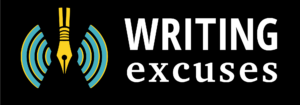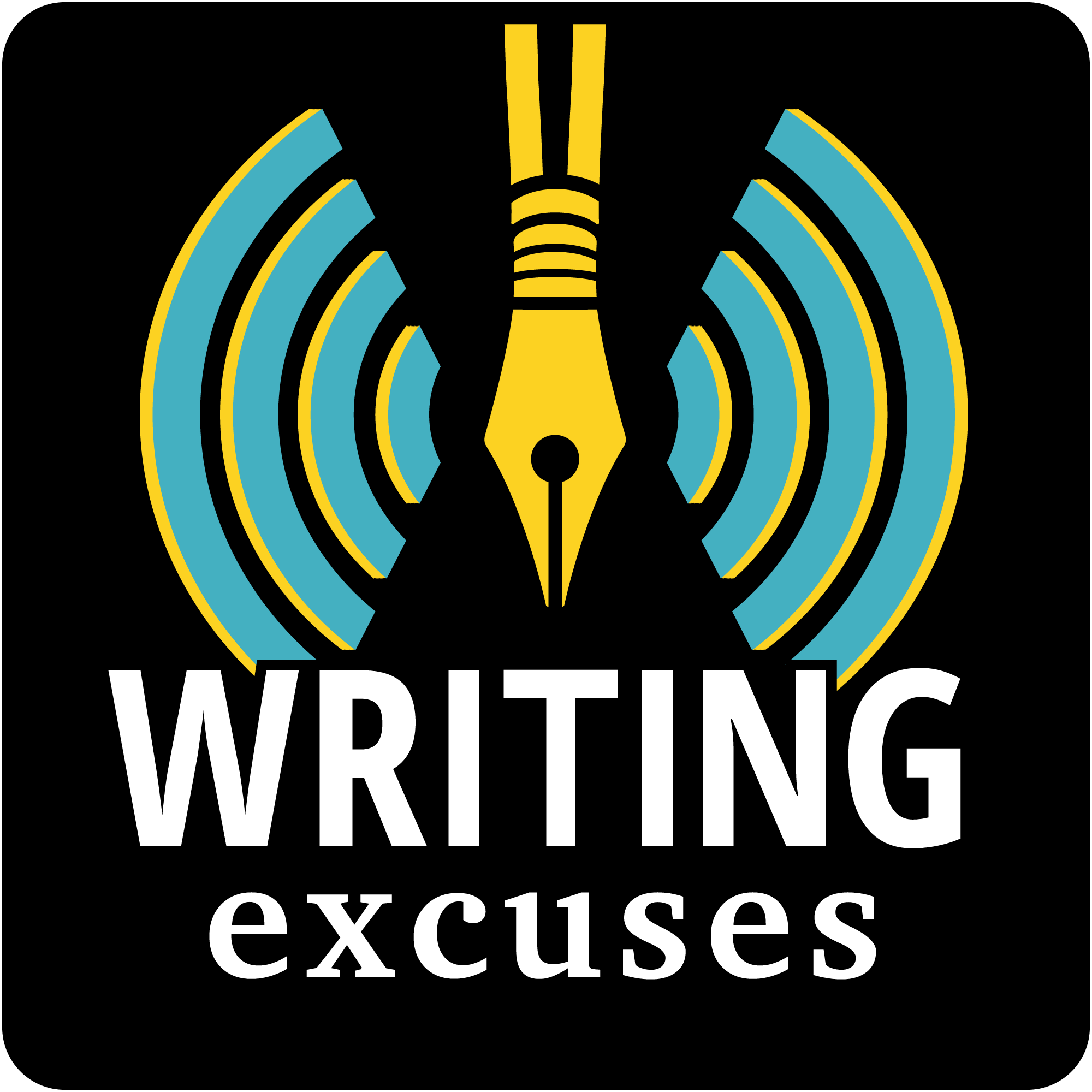Your Hosts: Dan Wells, Brandon Sanderson, and Megan Lloyd Megan Lloyd returns to the podcast to talk us through the process of creating something in a collaborative environment, whether it’s a pair of authors working together, or a dozen people working to write, storyboard, and animate a television series. Credits: This…
Fifteen minutes long, because you're in a hurry, and we're not that smart.

